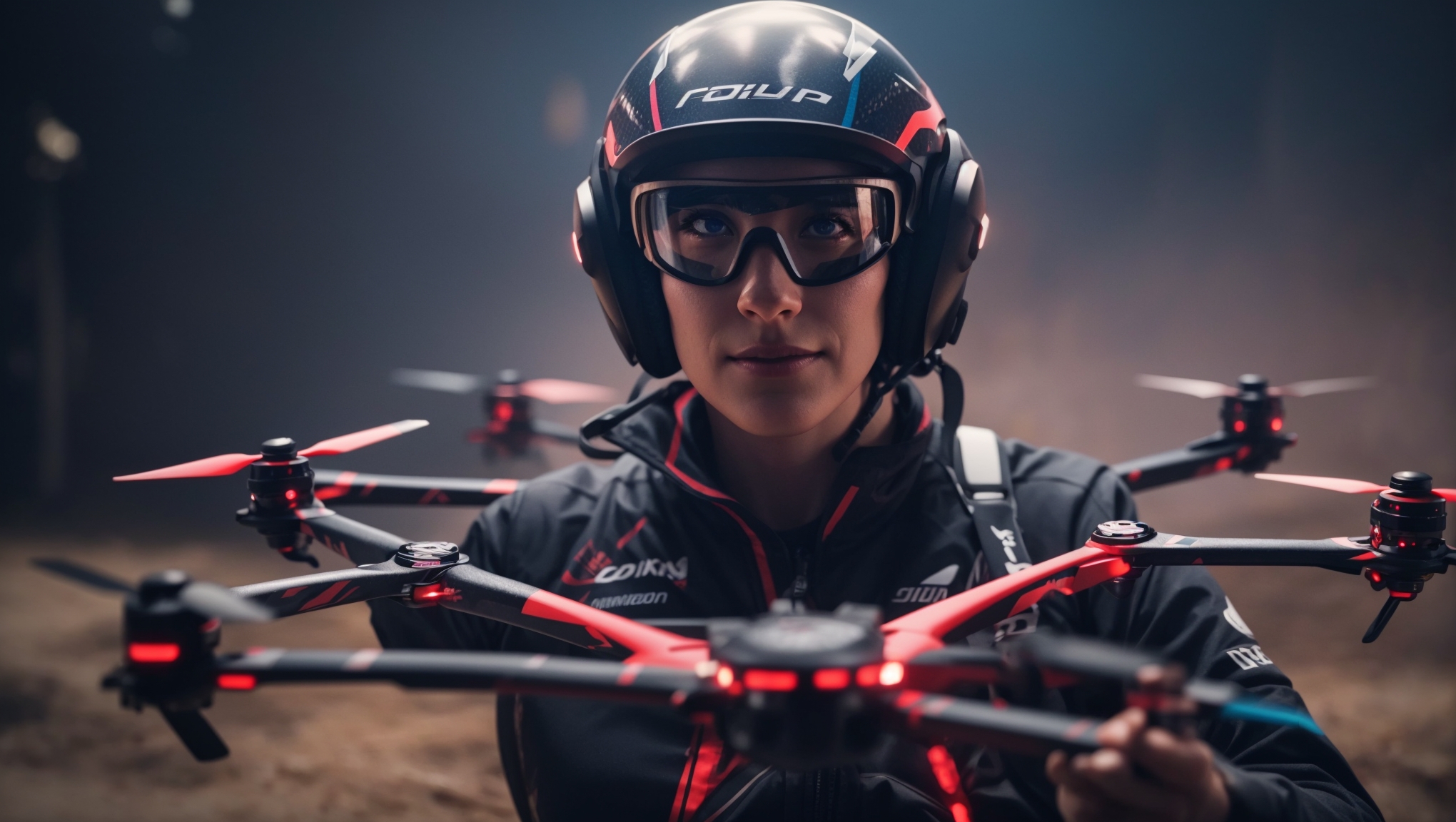Drone racing has rapidly evolved into a high-stakes and adrenaline-fueled sport, captivating audiences around the world. In this exclusive interview, we have the privilege of speaking with Sarah Thompson, a true pioneer in the field of drone racing. As someone who has been instrumental in shaping the sport, Sarah Thompson shares insights into the challenges, triumphs, and the future of drone racing.
Q1: How did you become involved in drone racing, and what inspired you to pursue it seriously?
Sarah Thompson: My journey into drone racing began as a hobbyist fascinated by the agility and speed of these machines. As I delved deeper, I saw the potential for creating a new and exciting sport. The thrill of navigating a drone through challenging courses, combined with the technical aspects of building and fine-tuning the drones, inspired me to take drone racing seriously.
Q2: Throughout your career, what have been the most significant changes or milestones in the world of drone racing?
Sarah Thompson: The evolution of drone technology has been groundbreaking. In the early days, we were essentially building our racing drones from scratch. Today, we have access to high-quality, purpose-built racing drones with advanced features. The establishment of organized leagues and international competitions has also been transformative, bringing structure and recognition to the sport.
Q3: As a pioneer, what were some of the challenges you faced when drone racing was still in its infancy?
Sarah Thompson: In the early days, drone racing lacked a standardized framework, which presented challenges in organizing and participating in events. Building reliable racing drones was also a trial-and-error process, with limited resources and information available. Additionally, the perception of drones as mere toys rather than serious racing machines posed challenges in gaining acceptance.
Q4: Can you describe the mental preparation and mindset required for high-stakes drone races?
Sarah Thompson: Mental preparation is paramount. As a racer, you must be able to focus entirely on the racecourse, anticipate obstacles, and make split-second decisions. Visualization is a powerful tool—I mentally fly through the course, honing my strategies. Staying calm under pressure and adapting to unexpected challenges are crucial aspects of the racer’s mindset.
Q5: How do you approach the customization of your racing drones, and what modifications do you prioritize?
Sarah Thompson: Customization is both an art and a science. I prioritize components that enhance speed, agility, and control. Experimenting with different motors, propellers, and flight controllers is essential to find the optimal configuration. Customizing PID settings allows for fine-tuning, ensuring that the drone responds precisely to my inputs.
Q6: In your opinion, how has the global community around drone racing contributed to the growth and popularity of the sport?
Sarah Thompson: The global community is the backbone of drone racing. From local racing clubs to international competitions, the camaraderie among enthusiasts fosters learning and innovation. It’s incredible to see how sharing insights, experiences, and technological advancements within the community has propelled the sport to new heights.
Q7: What advice would you give to aspiring drone racers looking to make a mark in the field?
Sarah Thompson: Embrace the learning process. Start by understanding the basics of drone technology and piloting. Engage with the community—attend events, join forums, and learn from experienced racers. Invest time in practice, continually push your limits, and don’t shy away from failures—they are part of the journey to mastery.
Q8: Looking ahead, what do you envision for the future of drone racing, and what role do you see technology playing?
Sarah Thompson: The future is incredibly exciting. Technology will continue to drive innovation, with faster and more efficient racing drones. Augmented reality (AR) and virtual reality (VR) experiences may become integral to the sport, providing immersive perspectives for racers and spectators alike. I anticipate a more structured global ecosystem with standardized competitions and increased mainstream recognition.
Conclusion:
Our conversation with Sarah Thompson offers a rare glimpse into the early days of drone racing and the evolution of this dynamic sport. As a pioneer, Sarah Thompson’s insights illuminate the challenges overcome and the thrilling future that awaits drone racing enthusiasts worldwide. The passion and dedication of individuals like Sarah Thompson have undoubtedly left an indelible mark on the sport, inspiring a new generation of racers to push the limits of what is possible in the world of drone racing.

Leave a Reply